Aviation and aerospace are manifestations of high standard industrial capabilities. Induction heating is widely used in the aerospace industry, and many tasks such as mechanical parts connection, fast brazing, and welding require this technology for aviation safety.
In the aerospace industry, the induction heating system is more economical to repair expensive engine components than simply replacing the broken components with new ones. It can effectively repair high-pressure turbine fans, complete stress relief from titanium welding, match brazing metering plates, braze honeycomb sealed engine components and so on. The induction heating equipment like the industrial induction melting machine has a lot of application space in the manufacturing process of aerospace vehicles, such as thermoforming, thermal deformation, thermal insulation material spraying and heat treatment of parts to change the hardness, and in the specific components brazing, induction heating equipment occupies a decisive position. Induction heating equipment with its unique feature of high precision control of heating speed, heating time, temperature, output power, and heating curve is now gradually becoming more and more useful in this industry.
Advantages of Induction Heating In Aviation And Aerospace
Induction heating is very important in the aerospace field, and many work such as no solder joints, fast brazing, and aviation safety connections require this technology. Compared with convection, radiation, open flame or other heating methods, induction heating has the following advantages.
1. Improve consistency with solid-state temperature control and closed-loop monitoring systems
2. Maximize productivity by operating in the unit; no soaking time or long cooling cycle
3. Improve quality by minimizing product twist, deformation and scrap rate
4. Heat in a specific location to extend the life of the parts without heating any surrounding parts
5. No flame, no smoke, no residual heat, no harmful emissions or noise, no harm to the environment
6. Reduce energy consumption through up to 80% energy-saving operation

Applications of Induction Heating In Aviation And Aerospace
HPT Nozzle Repair
Worn HTP soldering iron tips can be repaired by a special welding process for repeated use. Induction heating is a cost-effective method that can bring the tip of the blade to the welding temperature (usually 1800°F) within a few minutes.
The preheating and welding process can be done in an inert atmosphere using an atmospheric glove box system, provided that the part itself is very clean. For applications that initially use uncleaned parts, it is recommended to use a purge system to circulate air through the dovetail to eliminate contaminants.
Brazed Metering Plates and Wear Pads
Induction heating can also be used in a variety of aerospace brazing processes, such as brazing nickel metering plates to dovetail tenons, brazing wear pads to mid-span beams, brazing honeycomb seals and other components. In order to obtain the highest joint quality, these processes are done under strict vacuum (<5x10[-5] Torr) and/or high temperature (up to 2200°F).
Heated Inconel Turbine Blade Base
Induction heating can also be effectively used to quickly heat the Inconel base of turbine engine fan blades. Using this indirect heating method can improve the temperature uniformity of the blades. In an argon atmosphere, temperatures as high as 1950°F can be reached in less than 1 minute.
Overall Heat Treatment and Brazing
Although induction heating has traditionally been good at heating small areas precisely and selectively, UIHM engineers have developed a compact induction heating vacuum furnace for heat treatment and brazing of entire parts in a controlled atmosphere. The furnace provides an ideal environment for heating small batches of special-shaped parts and repairing other "orphans" in the heating process.
Traditionally, these processes have been run in large-volume vacuum furnaces. However, with the increasing emphasis on continuous flow/lean manufacturing, many companies are looking for alternatives to these fossil fuel furnaces and their shortcomings—vacuum furnaces have a large footprint, lack of quality control, and low efficiency. Facing the requirements of lean production and continuous flow manufacturing. Because batch vacuum furnaces require a long "soak" time to heat up, they are usually in a 24/7 state regardless of whether they are in actual use. Compared with batch vacuum furnaces, these new induction vacuum furnaces provide fast and clean heat for heat treatment or brazing in a compact and economical way.

 en
en  cn
cn  jp
jp  ko
ko  de
de  es
es  it
it  ru
ru  pt
pt  th
th  vi
vi  pl
pl 





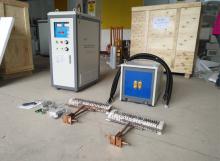



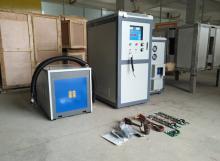



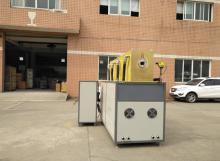



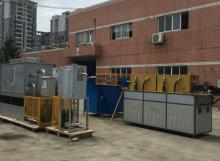





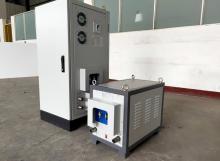










 Ligue para nós:
Ligue para nós:  Envie-nos um e-mail:
Envie-nos um e-mail:  NO. 688th South Baoguang Road, Xindu District, Chengdu City, Sichuan Province, China
NO. 688th South Baoguang Road, Xindu District, Chengdu City, Sichuan Province, China